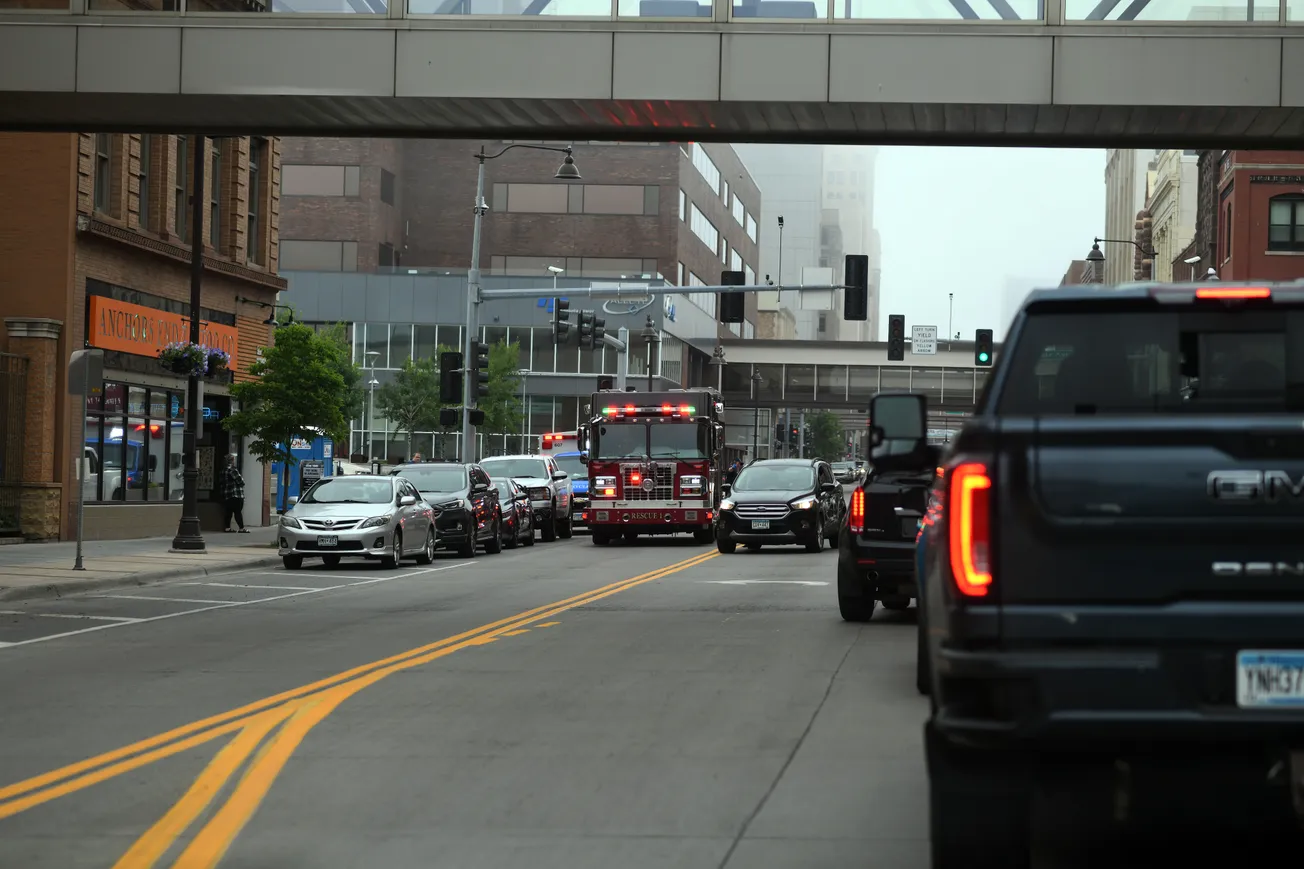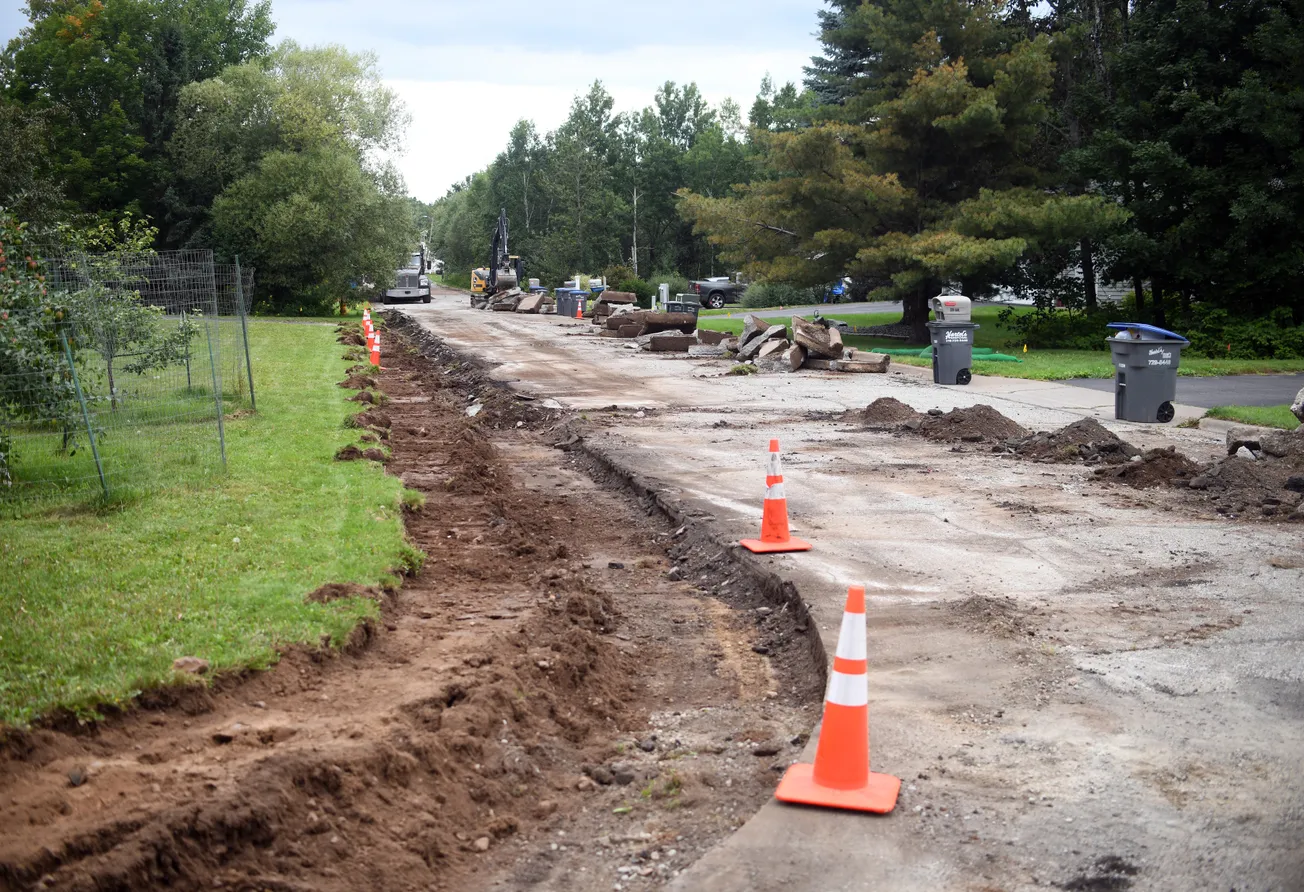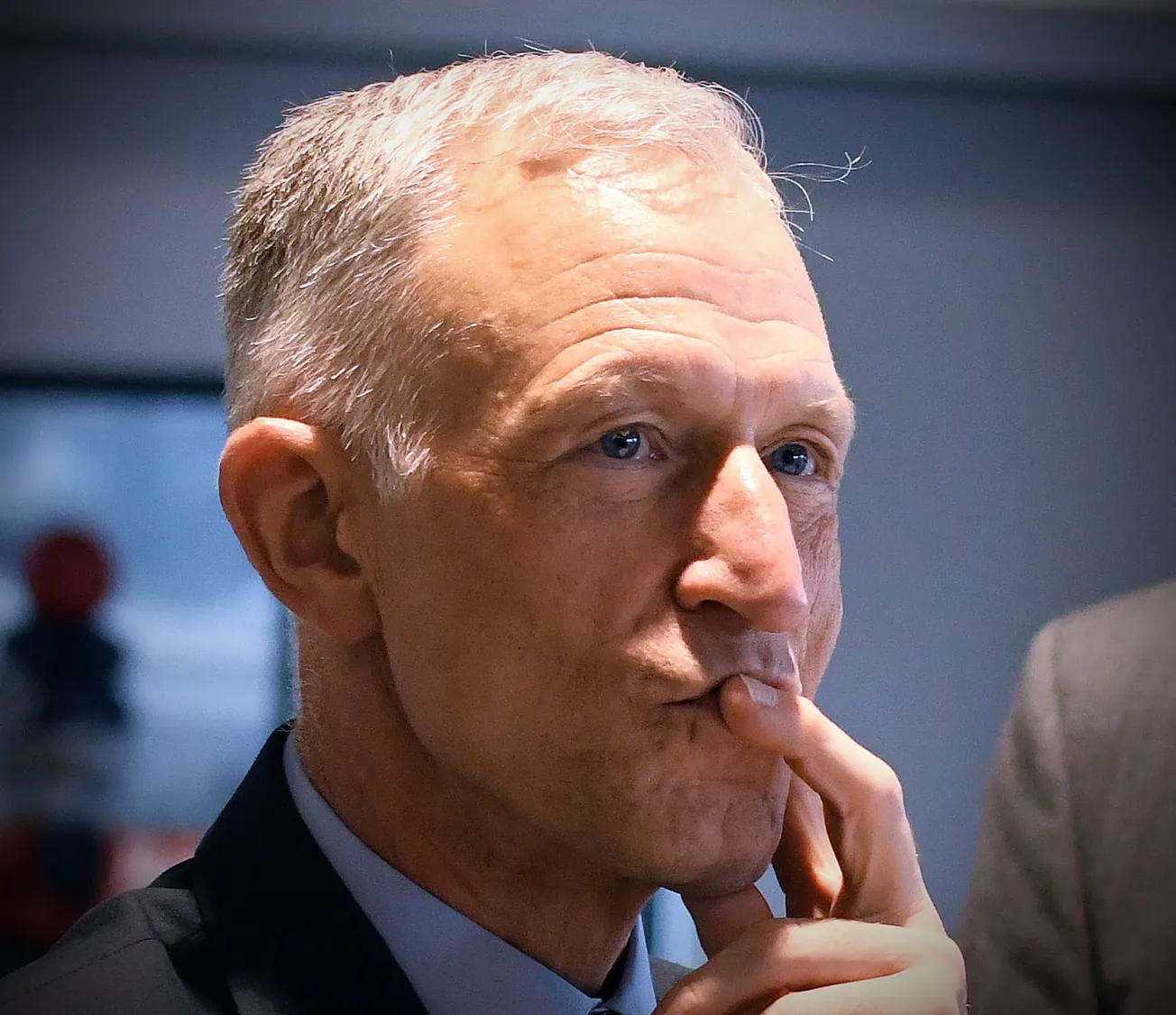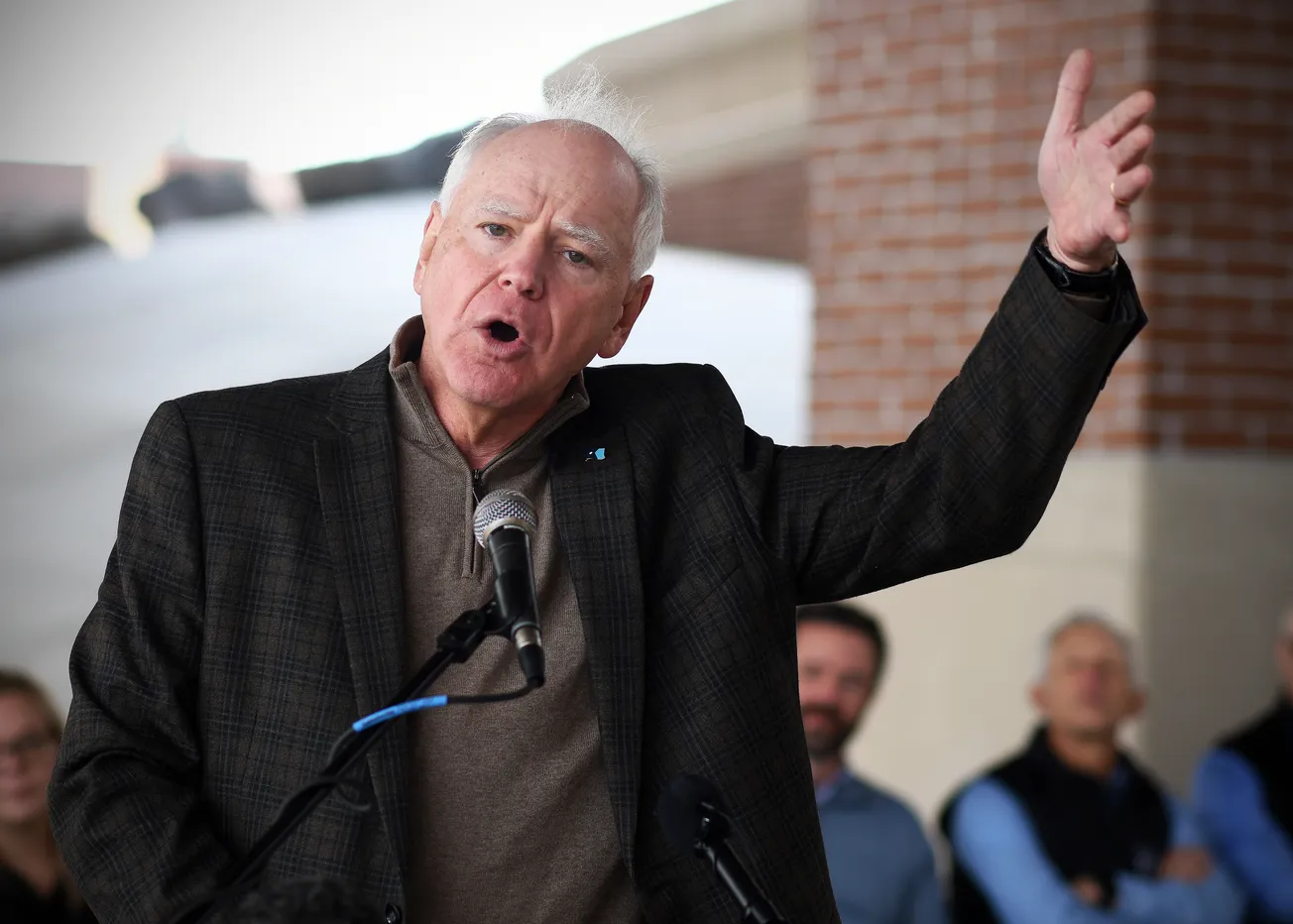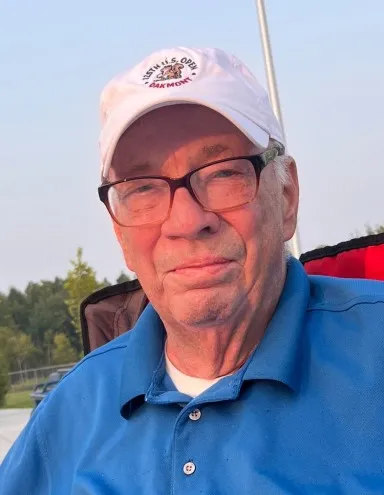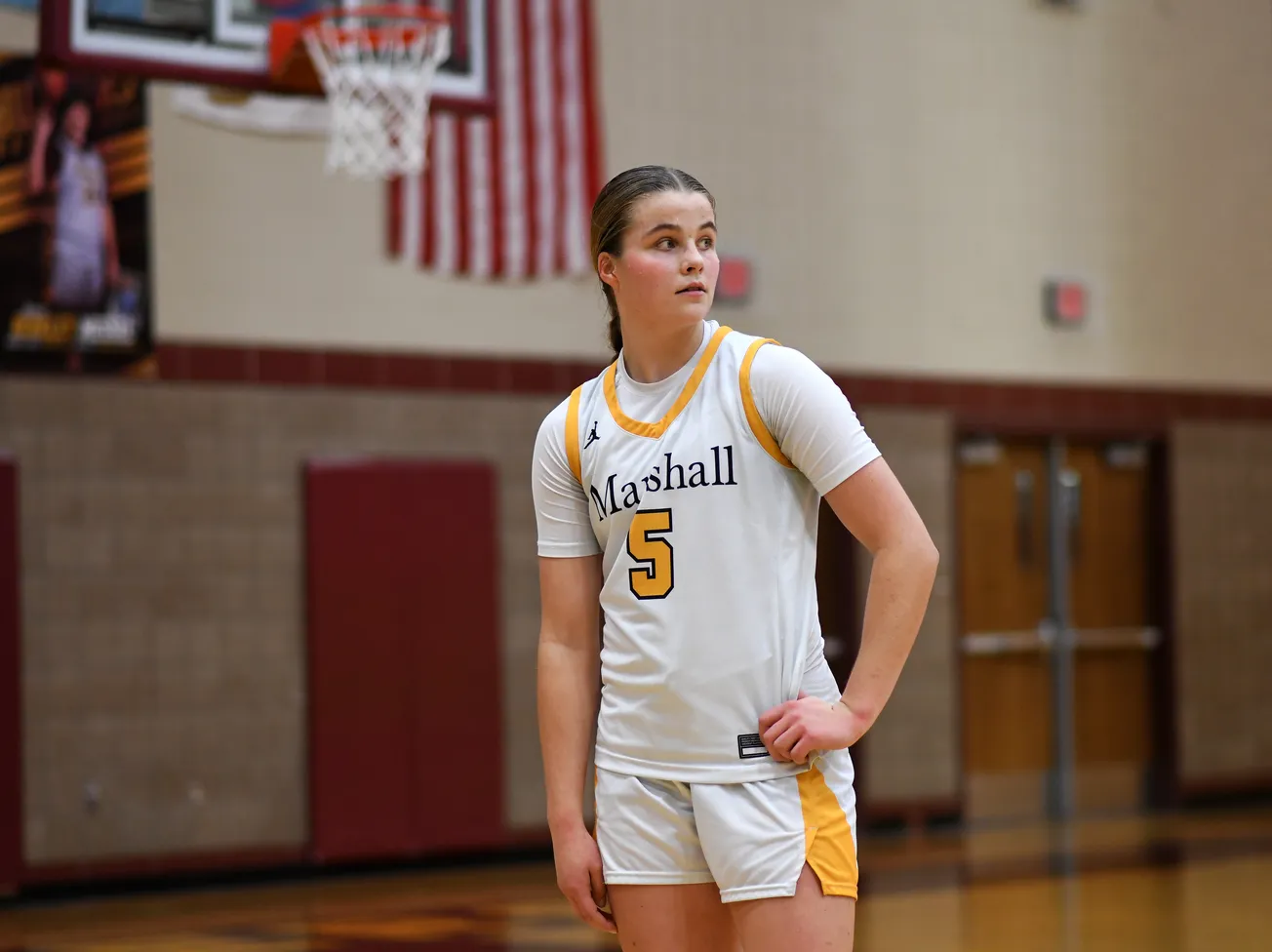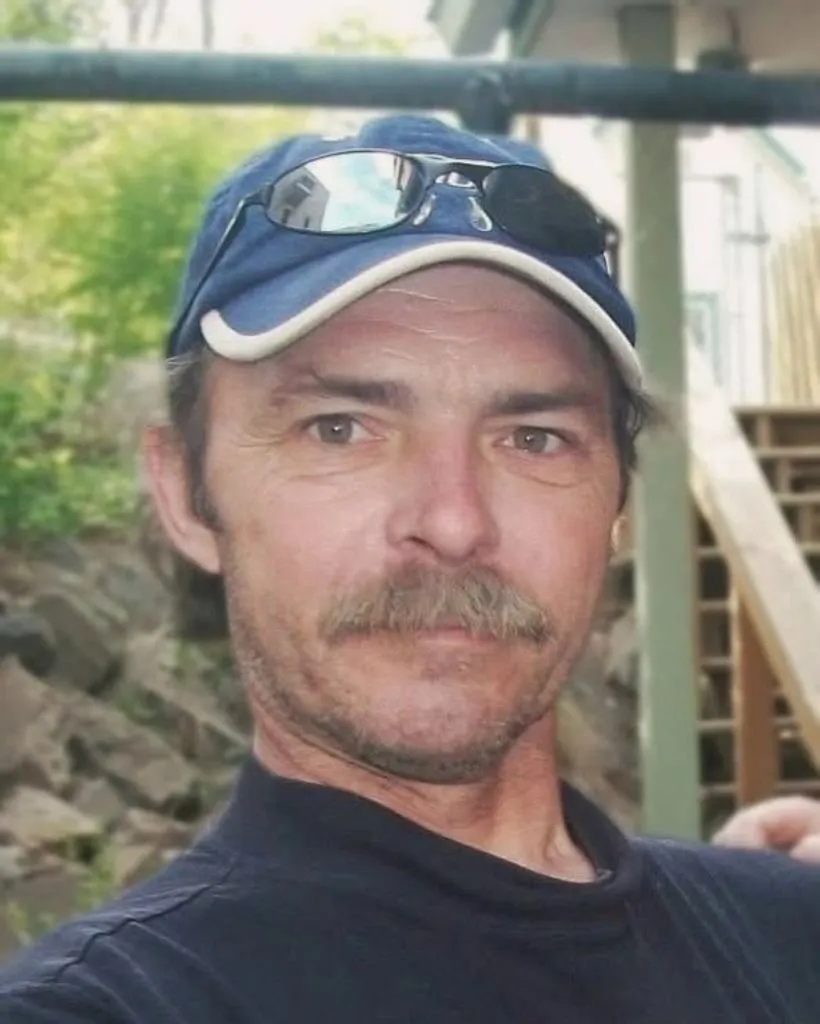
Downtown Duluth today looks like the set of a post-apocalyptic indie film. Empty storefronts, boarded-up windows, and the occasional lone wanderer scurrying across Superior Street like they’re late for curfew. The official playbook has been the same for decades: hire consultants, stack reports, and congratulate ourselves for hosting another “visioning session.”
The truth? Downtown doesn’t need more paper. It needs guts. It needs strategy. And it needs somebody willing to try something bolder than a mural contest. It screams for leadership, big-time.

Look around the Midwest. Akron took a mall that had all the charm of a hospital waiting room and turned it into a humming co-working and startup hub. Grand Rapids transformed its ugly parking ramps into mixed-use housing and art spaces. Chattanooga wired its entire downtown with high-speed broadband and became a magnet for tech entrepreneurs. None of this was magic. It was piloting small projects, proving they worked, then scaling them.
Duluth can do the same. Pick one block of Superior Street. Lease the empty spaces cheap — dirt cheap — to food stalls, artists, or merchants with a pulse. Give them a year. If it fails, you’ve lost nothing. If it works, you’ve got an instant playbook. Add late-night transit that runs past 9 p.m. and suddenly downtown isn’t just an afterthought for people heading to Canal Park or Miller Hill.
But here’s the kicker: revitalizing downtown isn’t just about filling empty windows. It’s about fixing the social cracks that spill onto those sidewalks.

Milwaukee figured out something Duluth still tiptoes around: you can’t fix downtown without ignoring mental health. In 2022, Milwaukee County overhauled its entire behavioral health system, shifting away from a massive institutional hospital toward decentralized community clinics and a 24/7 crisis response center.
The result? People struggling with addiction or mental illness weren’t being cycled through ERs or dumped onto downtown sidewalks. Instead, they had real places to go, honest people to meet them, and real pathways to stability. That shift reduced police call volume downtown and gave businesses and residents confidence to return.
Now look at Duluth. Every city leader admits — quietly, sometimes in private — that untreated mental health and substance abuse is the single biggest drag on downtown recovery. Yet where’s the bold move? Where’s the crisis center that diverts people from ERs and jails? Where’s the outreach team with authority and resources to intervene? Until Duluth builds that infrastructure, Superior Street will keep doubling as a waiting room for a broken system.
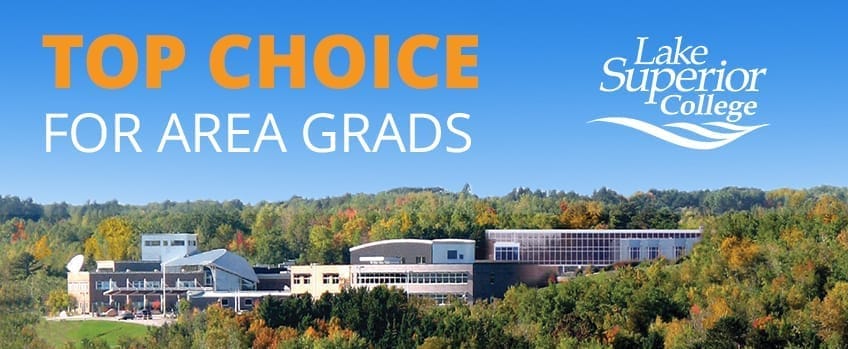
If Duluth wants to quit treading water, here’s a starter kit:
- Pilot Block Program – Test pop-ups, low-cost leases, and flexible zoning on one block of Superior Street. Measure foot traffic, sales, and engagement. Scale if it works.
- Late-Night Transit – Stop pretending buses disappearing at 9 p.m. makes sense in a college town. People can’t drink, shop, or attend shows if they can’t get home safely.
- Mental Health Infrastructure – Copy Milwaukee. Invest in community-based clinics and a real-time crisis response system to ease downtown strain. Make this a public-private priority — business leaders and health systems alike have skin in the game.
- Wi-Fi + Work Hubs – Chattanooga proved that connectivity attracts talent. Wire downtown for seamless high-speed access and subsidize flexible work hubs. Suddenly, remote workers who fled to Canal Park have a reason to come back.
- Quick Wins – Not ten-year visions. Small-scale changes people can feel this year: pop-up concerts, seasonal markets, or even a food truck corridor on Superior Street. Movement creates momentum.

Duluth has no shortage of plans. What it lacks is urgency. Every year of inaction is another storefront lost, another small business gone, another resident convinced downtown isn’t worth the drive.
Downtown doesn’t die because people stop loving it. It dies because leaders keep confusing endless planning with action.
Milwaukee proved mental health reform can be the lever for downtown rebirth. Akron, Chattanooga, and Grand Rapids proved that creativity and risk-taking beat paralysis by analysis.

So the question now isn’t whether Duluth has ideas. It’s whether we have the stomach to try them.
Until then, downtown will stay what it is: a Greyhound station with a better lake view.

